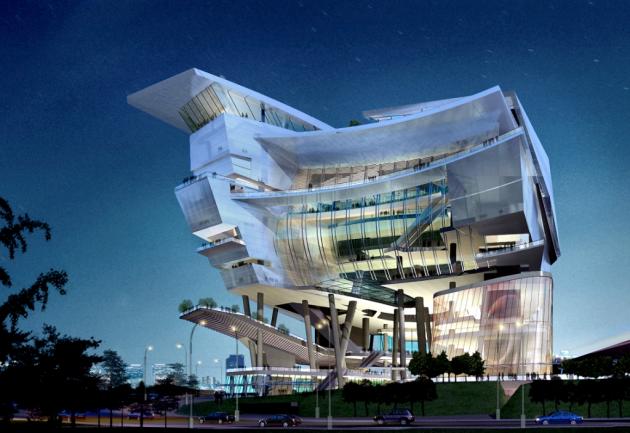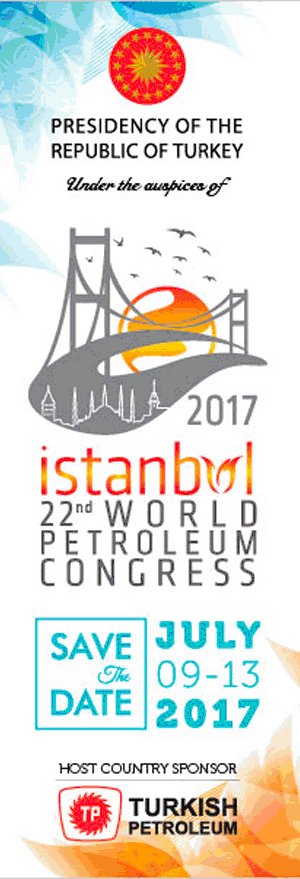Singapore: Singapore Art / Culture Profile
2015/02/17
Identification.
Location and Geography.
Demography.
Linguistic Affiliation.
History and Ethnic Relations
Emergence of the Country. Singapore emerged as a country next 1965. For nearly one hundred fifty years it had been a British colony that was intimately linked to the whole Malay peninsula. Singapore came into being as a British trade port in 1819 and continued as one of the three British "Strait Settlements." In that period, Malays from nearby areas, large numbers of immigrants from China, and later Indian convict laborers moved into the island. The British did little to integrate the people, largely leaving each community to itself. Singapore gained independence in 1959 and joined the Union of Malaya in 1963 but was expelled in 1965.
The next five years were marked by the "policy of survival." From 1945 until the early 1970s, the island had severe housing shortages and a poor infrastructure, high criminality and unemployment, racial riots, and communist uprisings. The "survival policy" was based on the attraction of foreign investment through low taxes, the development of an efficient infrastructure, a disciplined workforce, and strict political control. In thirty years Singapore changed from a rough trading port to a rich, orderly, industrialized society. The remembrance of social and economic difficulties influenced the development of a national culture with a focus on wealth and stability and the idea of multiculturalism.
National Identity.
There is no single dominant national identity. Instead, there are complex identities that draw on a variety of sources and are relevant in different situations, although ethnic identity takes precedence in most situations.
Ethnic Relations.
Cultural links to India, China, Malaysia, and Indonesia give Singaporeans orientations and loyalties that stretch far beyond the national borders. These differences are superseded by an identification with Singapore as a homeland with wealth and stability. Distance and distinction mark ethnic relations within the country.
Urbanism, Architecture, and the Use of Space
Singapore is a green city, but it has a very groomed greenness. There are two small national parks. Only at the fringes of the island and on the islets is there rural life, and it is disappearing fast. Highways crisscrossing the island, the huge port on the southern tip, vast industrial areas to the west, and the airport to the east create an air of swift efficiency.
The majority striking features of the landscape are the high-rise buildings. This is a distinctly modern architecture with roots in the functionalism of the 1960s. In the 1980s and 1990s, there was additional diversity in building styles. The typical domicile is a small apartment off the ground. Ethnicity is not an issue in the public use of space; communal differences are clearly discernible in the layout of the interiors of homes and certain town areas.
Food and Economy
Food in Daily Life. Rice, fish, chicken, and vegetables are the staples. At the same time as these ingredients are mixed with a rich variety of spices, chilis, coconuts, lime, and tamarind, the variations are endless. Food is often eaten outside the home in food centers where food is cheap, tasty, and freshly made. There are a lot of cafés, coffeehouses and teahouses, and formal restaurants. Forks and spoons are used, but Chinese food is eaten with chopsticks, and Indian and Malay food may be eaten with the hand. The three major meals are breakfast, lunch, and dinner. Most meals are eaten hot. Malays do not eat pork, Indians do not eat beef, and a lot of Buddhist Chinese are part-time vegetarians. A lot of people do not drink alcohol.
Food Customs at Ceremonial Occasions. Appropriate dishes are eaten during the major ceremonial occasions of all three ethnic groups, but none are connected to national celebrations.
Basic Economy.
Singapore has a fully developed industrial international economy. The country depends heavily on imports, as there are few natural resources on the island. There has been a consistent surplus in the in general balance of payments. There is a large degree of national control of the economy.
Land Tenure and Property. There is a large degree of private ownership of houses and apartments. Land tenure is firmly regulated by the government and there are government plans for the use of each inch of the island's territory. Foreigners usually are allowed only to lease land, but they may buy apartments.
Commercial Activities, Major Industries, and Trade. Manufacturing is the majority significant economic sector, followed by financial and business services, commerce, transportation, and communications. Production is mainly for export. The major exports are electronics, refined petroleum products, natural rubber, and palm oil. The major trading partners are Malaysia, the European Union (EU), the United States, Hong Kong, and Japan.
Division of Labor.
About two-thirds of the resident people is employed. Only 0.2 % of the members of the workforce are employed in the primary sector, and about 37 % of employed persons work in commerce and finance and the business sector. Twenty-three % work in manufacturing, 21 % in other services, and 18 % in transportation and communications and construction. The unemployment rate has long been below 3 % but increased during the recent economic downturn. Chinese are over-represented in professional, technical, administrative, and managerial jobs, whereas Malays are the majority underrepresented in highly skilled jobs, with Indians in the middle. The substantial numbers of foreign workers are overrepresented in production and related work.
Social Stratification
Classes and Castes.
There are wide gain and wealth differences, but the country is additional differentiated by ethnicity than by class. All the ethnic groups have experienced upward occupational mobility. There is an intense focus on education. Good marks are a sure path to good positions with good wages. In this respect, Singapore is a meritocracy.
Symbols of Social Stratification.
Museums
- Singapore News
-
- SINGAPORE: Singapore launches new strategy for human resource industry
- SINGAPORE: Singapore And Food Security
- BRUNEI : The next chapter for the Trans-Pacific Partnership
- JAPAN: BestCities sees opportunity at 2017 Global Forum Tokyo
- AFGHANISTAN: Higher earning Why a university degree is worth more in some countries than others
- AZERBAIJAN: Israel purchases most of its oil from Kazakhstan and Azerbaijan.
- Trending Articles
-
- WORLD: GLOBAL LNG-Prices stay low as oversupply dogs market
- ANGOLA: Angola's inflation slows to 30.51 percent year/year in June
- PORTUGAL: Portugal's cork-to-oil mogul Amorim dies at 82
- BENIN: West Africa BCEAO central bank holds interest rates unchanged
- BENIN: Benin president abandons plan to reduce number of presidential terms
- ABIDJAN: Ivory Coast to issue 3-year, 100 bln CFA bond on July 19







.gif?1356023993)







